Saturday Series of Classes: Podcast Episode #102
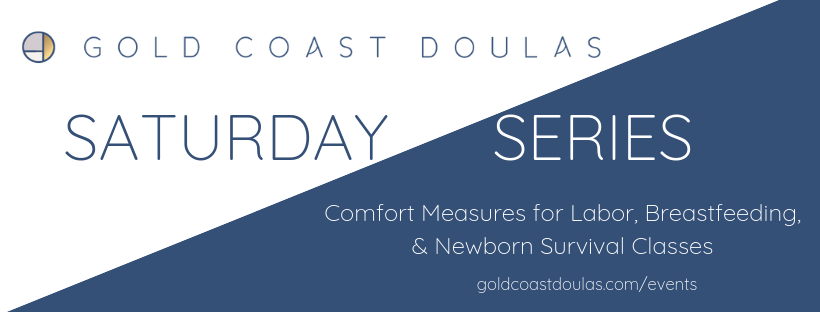
Kristin Revere, Kelly Emery, and Alyssa Veneklase talk about their Saturday Series of classes offered through Gold Coast Doulas. Each goes in to detail about what their classes cover including Comfort Measures for Labor, Breastfeeding, and Newborn Survival. You can listen to this complete podcast episode on iTunes or SoundCloud. Kristin: Welcome to Ask […]
Benefits of A Postpartum Doula and Why Should You Hire One?
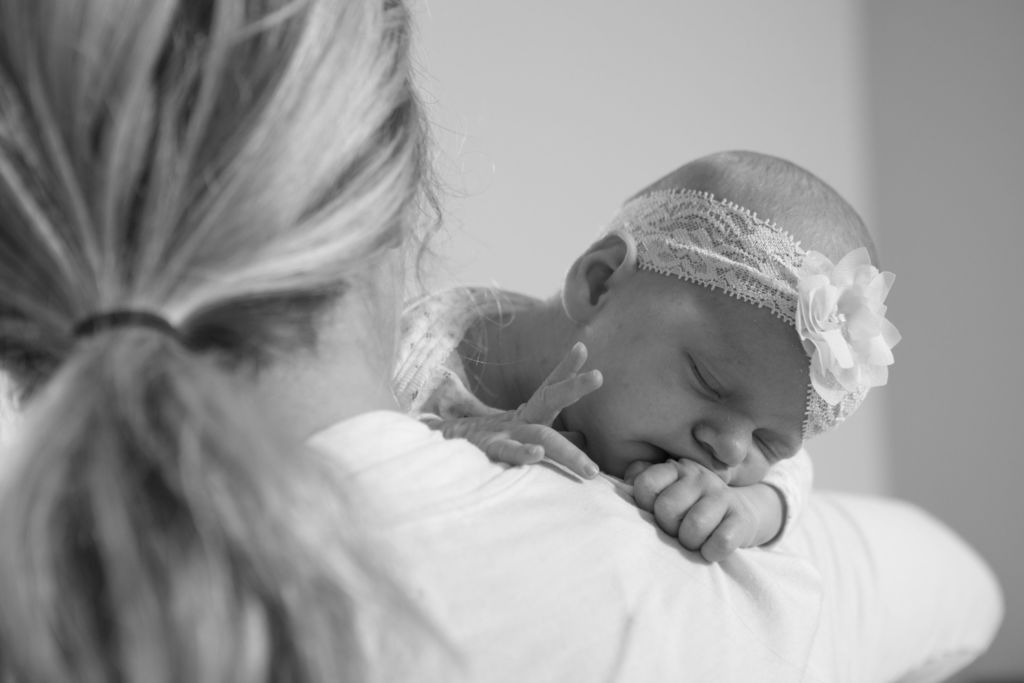
Author Bio: Roselin Raj is a journalist and a writer. She has been writing extensively on health and wellness related topics for over a decade. Besides her professional interests, she loves a game of basketball or a good hike in her free time to fuel her spirits. “Health is wealth” is one motto of life […]
Meet our new IBCLC, Cami!
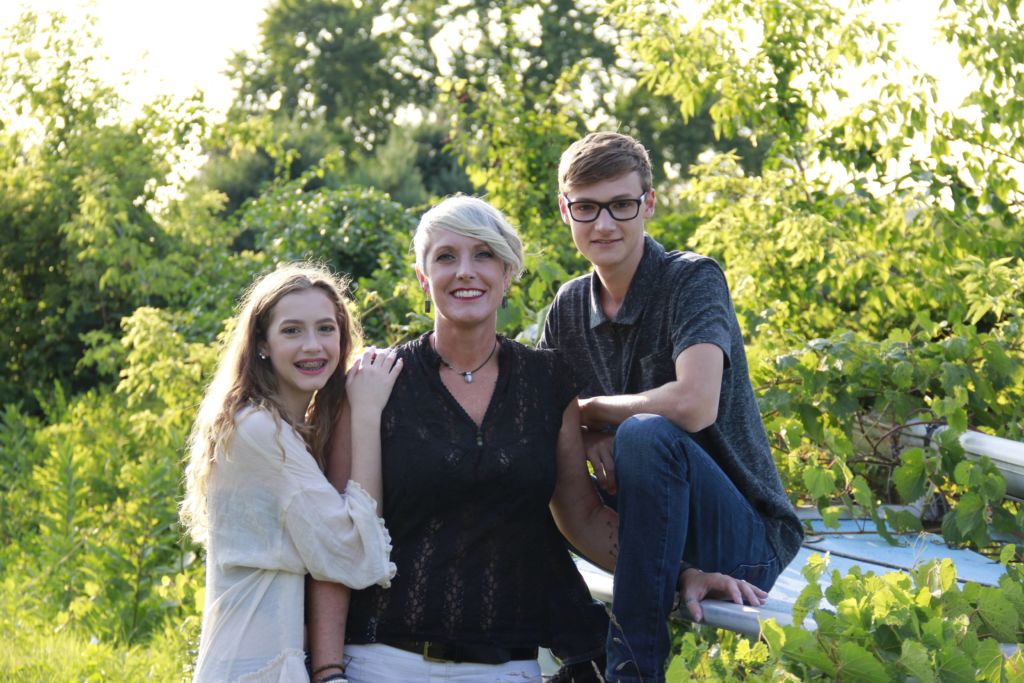
We are so excited to announce that we now have a Lactation Consultant on the lakeshore! Cami comes to Gold Coast with an amazing medical background and almost 20 years of experience as an IBCLC. Let’s get to know her a little better. 1) What did you do before you became an IBCLC? I have […]
Podcast Episode #64: Pediatric Dentistry and Speech Therapy
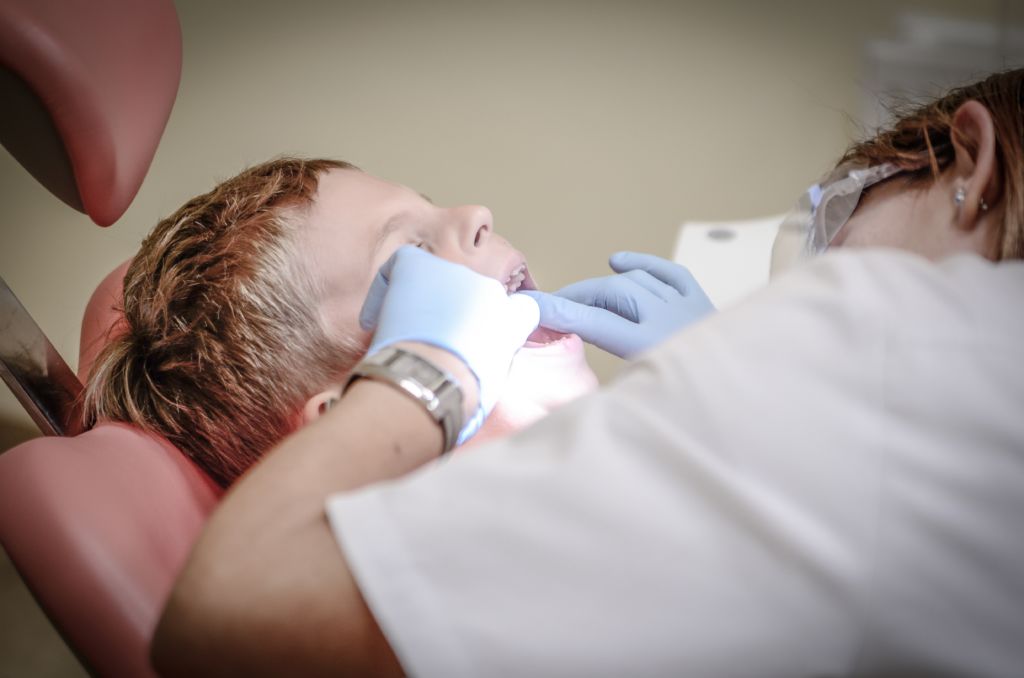
What do tongue ties, lip ties, oral aversions, and picky eaters have in common? Everything! Listen as two experts talk about how pediatric dentistry and speech therapy are both helping parents discover ways to help their children. You can listen to this complete podcast on iTunes or SoundCloud. Alyssa: Welcome to Ask the Doulas. I […]
Doula Support for Adoptive Families
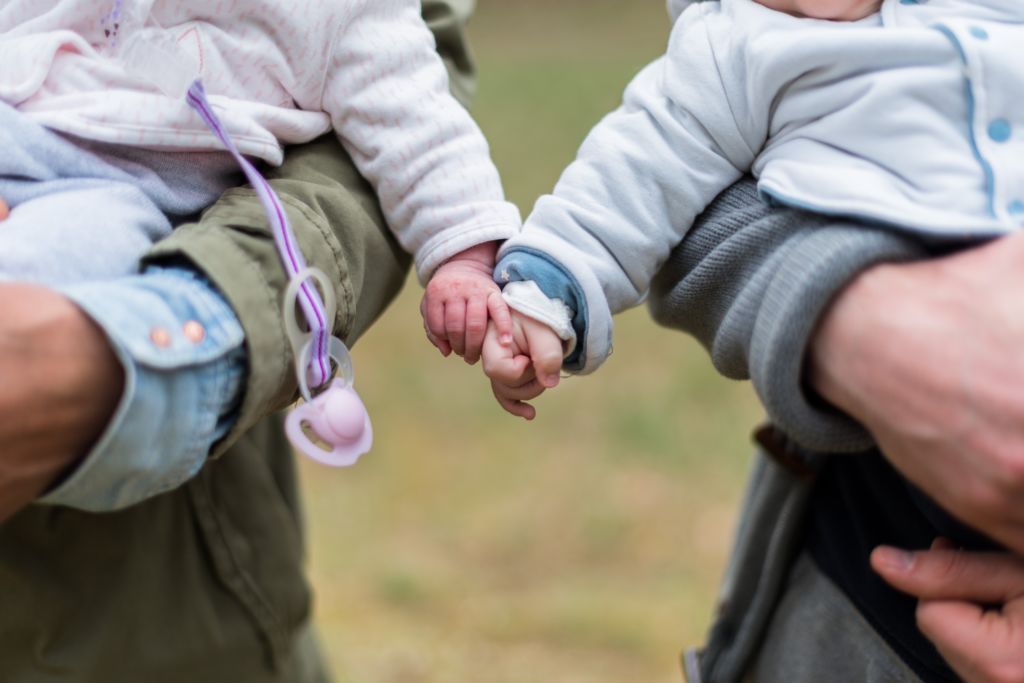
Most parents probably don’t think about hiring a doula if they aren’t pregnant. They think of a birth doula only supporting a laboring mother, but that couldn’t be farther from reality. Birth doulas can support any parent. Postpartum doulas can support adoptive families by helping them to prepare for baby’s arrival and in-home after baby […]
Newborn Sleep Tips
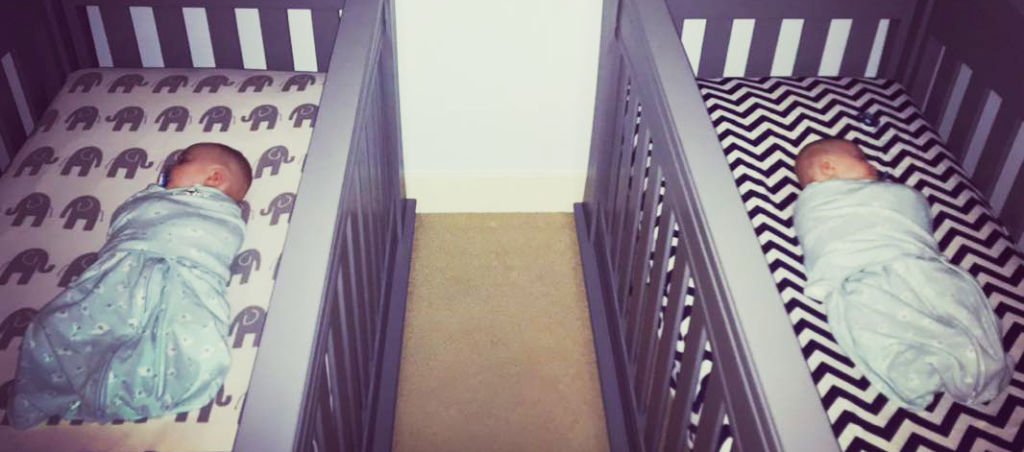
As a sleep consultant, I get asked often how early you can sleep train a baby. My answer is this – Most babies are ready around 12 weeks, but it’s never too early to start introducing heathy habits to make the sleep training go smoothy when baby is ready. Why 12 weeks? Most babies are […]
My role as a postpartum doula.

Our very own Jamie Platt, BSN, RN, CLC, CPST shares her personal insights on what it’s like to be a postpartum doula. What is the role of a postpartum doula? What does it look like, and how might a doula support the breastfeeding relationship between mom and baby? A postpartum doula can take care of […]
[un]common sense: Buy them what they asked for

[un]common sense is a blog about navigating through everyday life, using some common sense tips to make it just a bit easier, and sometimes a little more fun. Alyssa is a wife, mother, and postpartum doula who has some tricks up her sleeve and wants to share them with the world. Well now, don’t you […]
The Modern Grandparent
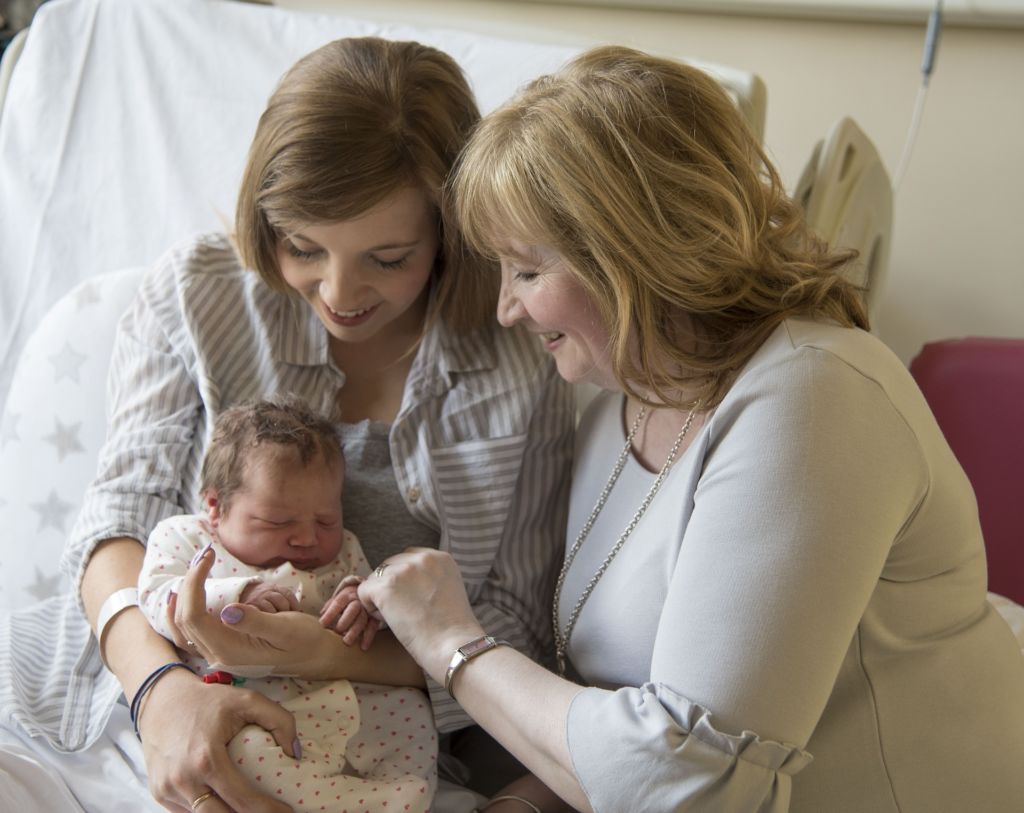
Understanding the Modern Parent First of all congratulations on becoming a Grandparent! Whether this is your 1st or 5th, it is a very excited time for the whole family. Gold Coast Doulas offers in-home private classes for The Modern Grandparent. We are not currently offering group classes. This 2 ½ hour class will break down […]
What does non-judgmental support mean?
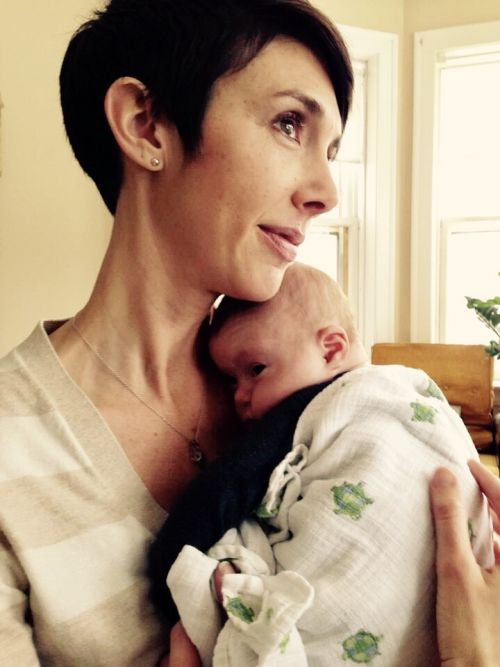
Author: Alyssa Veneklase, CD I was recently asked if, since I’m a doula, I tell clients not to vaccinate and make them feel guilty if they don’t breastfeed. What??! If you had a doula that made you feel this way, I apologize on behalf of them. That is the opposite of what a doula […]
